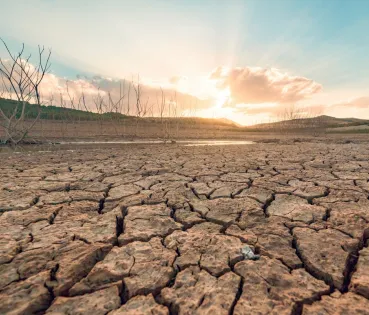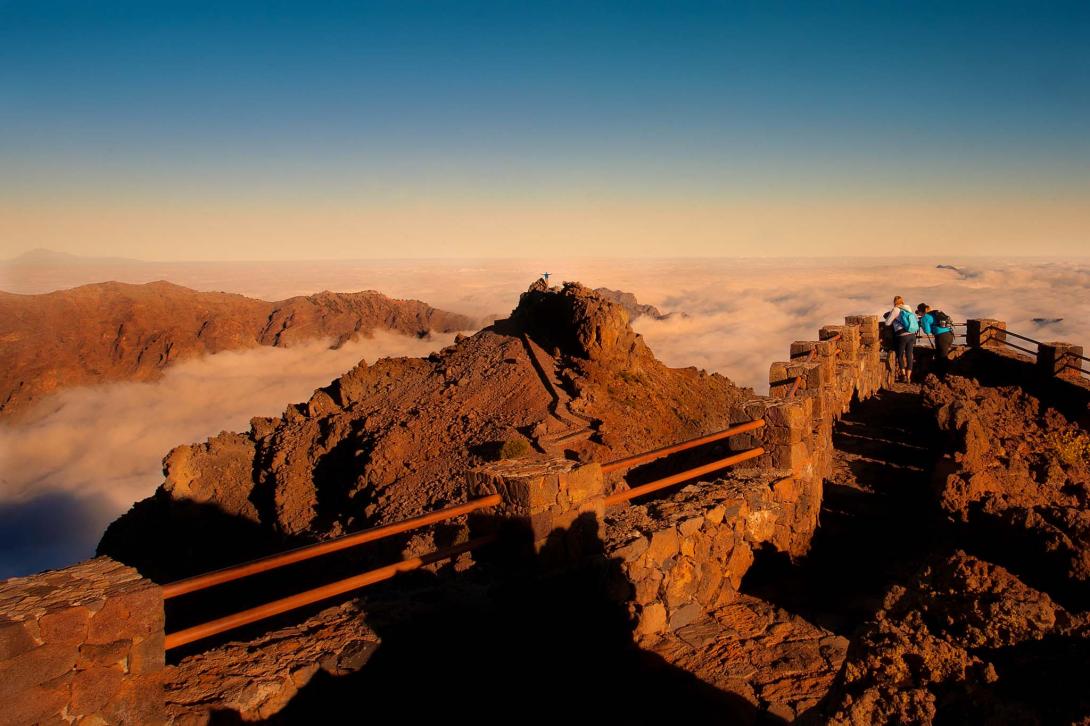
La Palma, after the volcano
A year after the volcano erupted, turning the small Canary Island into the centre of attention for the entire planet, the spectacular lava streams have started their cooling process, revealing a landscape that is more surprising than ever. It is time to return to the ‘Isla Bonita’.
We all learnt at school that the Canary Islands are volcanic, a fact that the tourism pamphlets remind us of, but many of us were not really aware of this until witnessing the violent eruption which, a year ago, made La Palma the centre of attention around the world. The spectacular images of the island that had been turned into a hypnotic underworld kept people glued to their screens all over the world until officially at Christmas, the phenomenon was taken as terminated and the cooling phase of the lava streams started.
The new landscape has become another attraction of what is known as the ‘Isla Bonita’ and now is the perfect time to discover the attractions that this small paradisiacal Atlantic island hides. 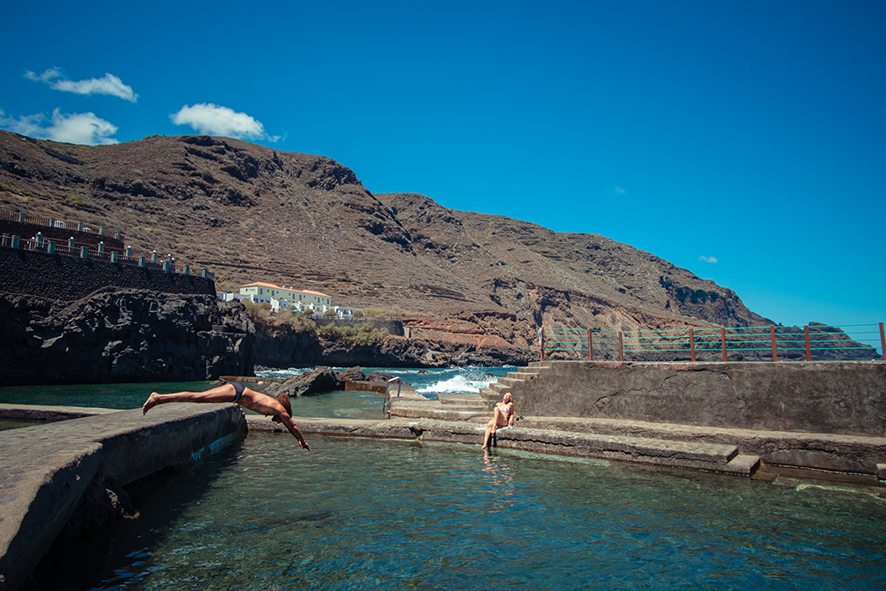
With an intense, overwhelming smell of pine trees; a landscape in shades of black, ochre and reds; lush laurel forests; deep, steep ravines and an imposing coast of high cliffs, it is a destination without any traffic or parking problems that invites you to submerge yourself in its wild nature and in its relaxed rhythm and forget the rest of the world for a few days.
Hiking and cycling routes to discover its charming little villages, or diving in its cave-filled crystal-clear waters are just some of the possibilities offered by this island, which is a Biosphere Reserve. You really must enjoy one of its spectacular black-sand beaches and its solitary volcanic covers and of course, have a really unique swim in one of its natural swimming pools, such as La Fajana (Barlovento) or Charco Azul (San Andrés y Sauces).
From La Palma straight to heaven
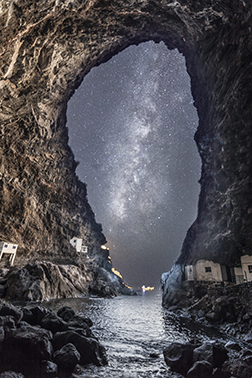
Without any doubt, one of the factors that make this into a unique destination is its magnificent night sky. With good reason it was acknowledged as the First Starlight Reserve in the world, a prestigious label that is given to the best places around the globe for stargazing.
This extraordinary visibility is due, to a large extent, to the fact that over half of its territory is covered by one kind or other of environmental protection. This is the case of La Caldera National Park in Taburiente, which arose from a geological formation process millions of years ago, in which many microclimates exist together, with significantly contrasting vegetation. At its highest point, around 2,400 m, and above the so-called ‘sea of clouds’, the Roque de Los Muchachos Observatory is sited, one of the most important in the world, which includes guided visits. In addition to the observatory, the entire island invites visitors to enjoy the stars. From hotels and rural tourism accommodation, which usually have basic instruments for stargazing, to companies that offer Astronomical Tours with specialised guides. The offer also includes night-time photography routes, thematic walks that bring together wine and stars and moonlight trips. Hiking fans will also find four paths signed with elements linked to the stars. Even some restaurants have succumbed to this star fever and have christened their dishes with the names of constellations.
Those who wish to find out more about the local culture can devote a few hours to one of the small exhibition centres in La Palma, such as the Island Museum, which concentrates on Nature, Fine Art and Ethnography, or the curious Banana Museum.
And of course, the island gastronomy should not be forgotten. You can start with an entrée of pork scratchings, fresh or roast cheese, followed by kid in sauce or a grilled fillet of ‘patudo’ – red tuna fish, accompanied by the island’s famous wrinkled potatoes with ‘mojo verde’. Another real delight that the island offers due to its incredible climate are its fruit: bananas, oranges, avocados or mangos, all of them are manna of the gods on this island.
A unique experience 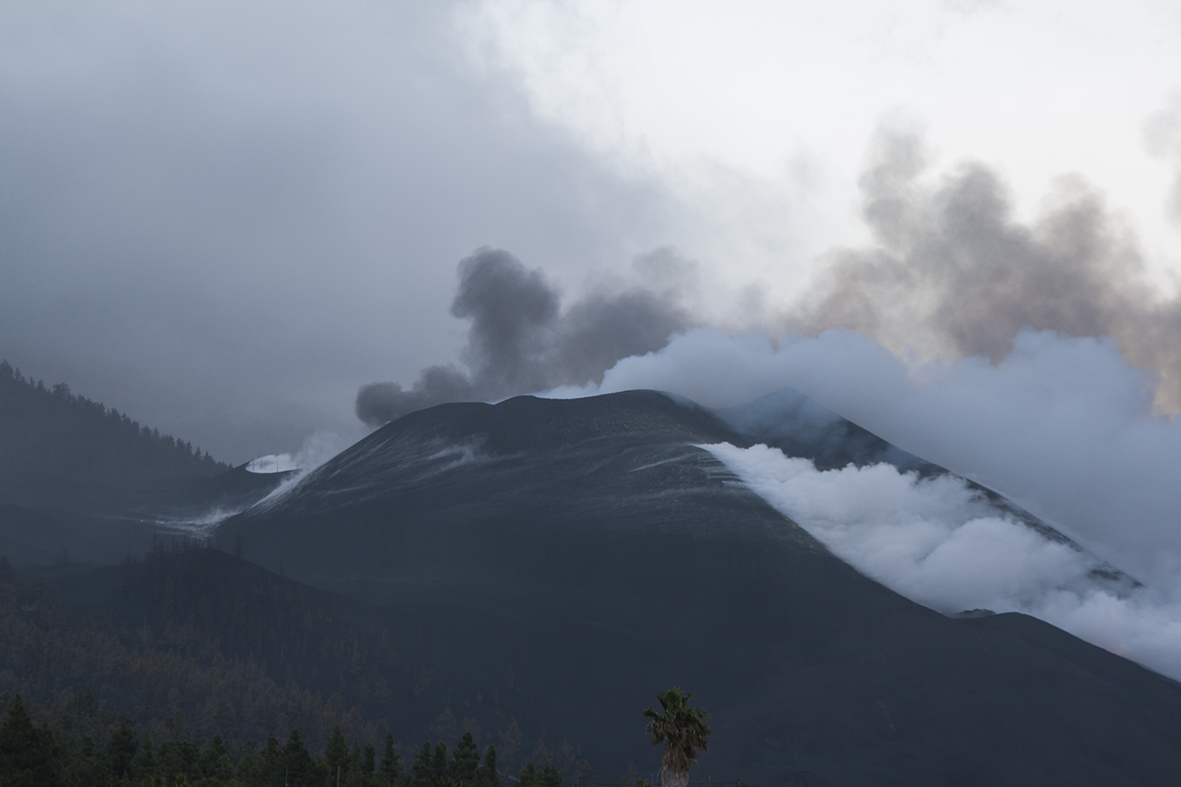
Not many people can boast of observing the landscape that has arisen from the ashes of the eruption of a volcano firsthand. Few of the people travelling to La Palma this year leave without taking advantage of this unique opportunity to observe the new landscape. The authorities and tourism and adventure companies have established a series of proposals to do this with complete safety.
Travellers can discover it through guided and authorized group visits with any of the companies sanctioned to do this, such as La Palma Natural, Graja Tours or La Palma Transfer and Tours. To obtain a panoramic view of the volcano’s lava streams and learn more on the subject, the volcanic Cavities Interpretation Centre “Caños de Fuego” can be visited. This is an information centre that has an exhibition area, audiovisuals and in the surrounding area it has a system of floating catwalks that give access to the floating glass viewing point and the Volcanic Tube ‘Cueva de las Palomas’.
The new volcano can also be observed from El Tendal Archaeological Park, which is located in an enormous natural cave where around twenty ‘Benahoarites’ (natives of La Palma) lived for at least a thousand years. Other observation points are the Fátima Monument, the Plaza Iglesia de Tajuya or the Port of Tazacorte.



